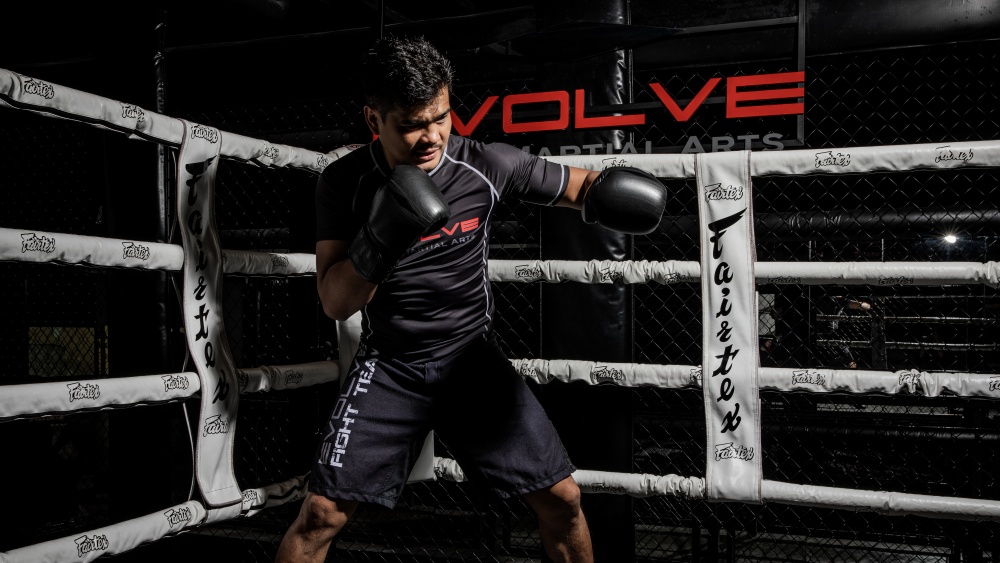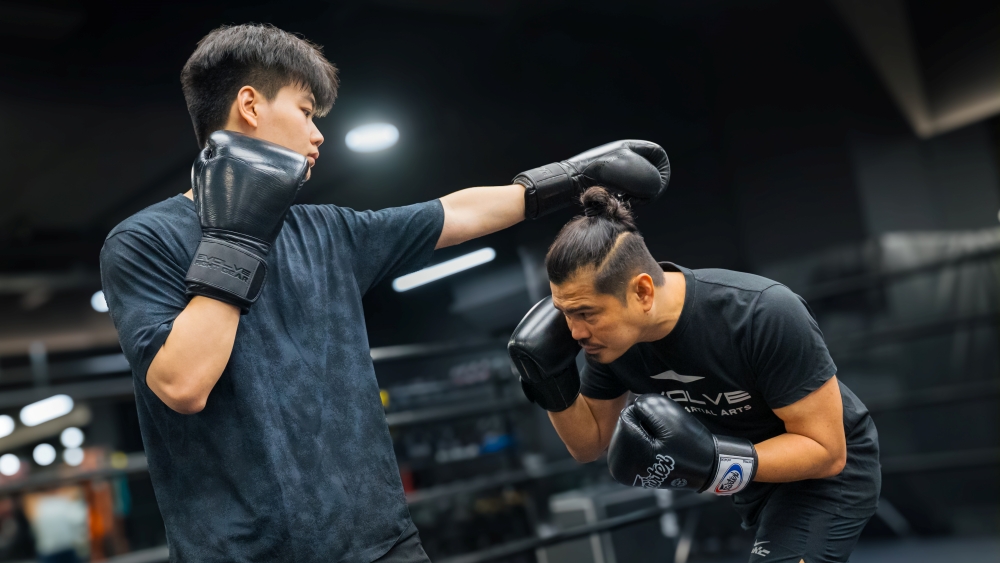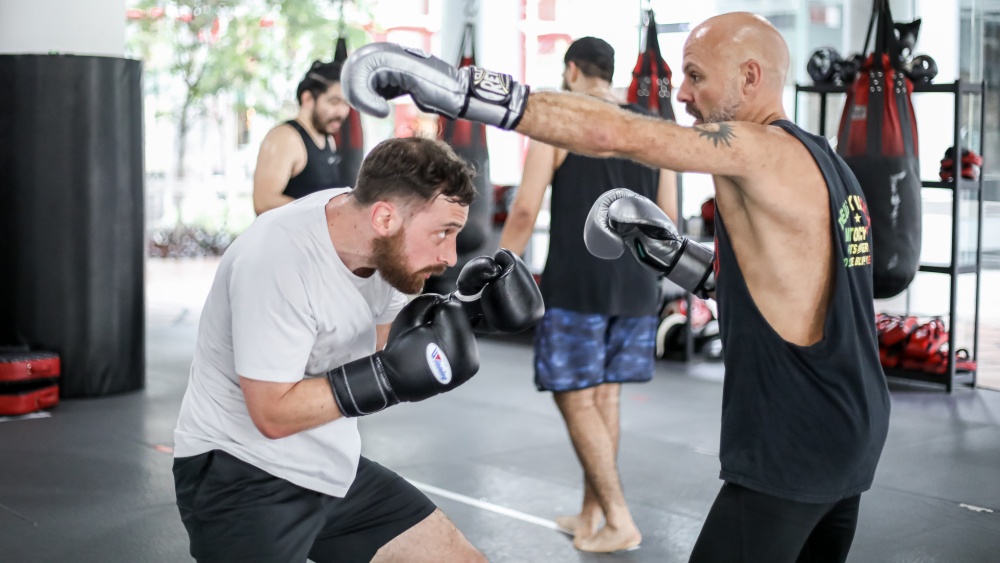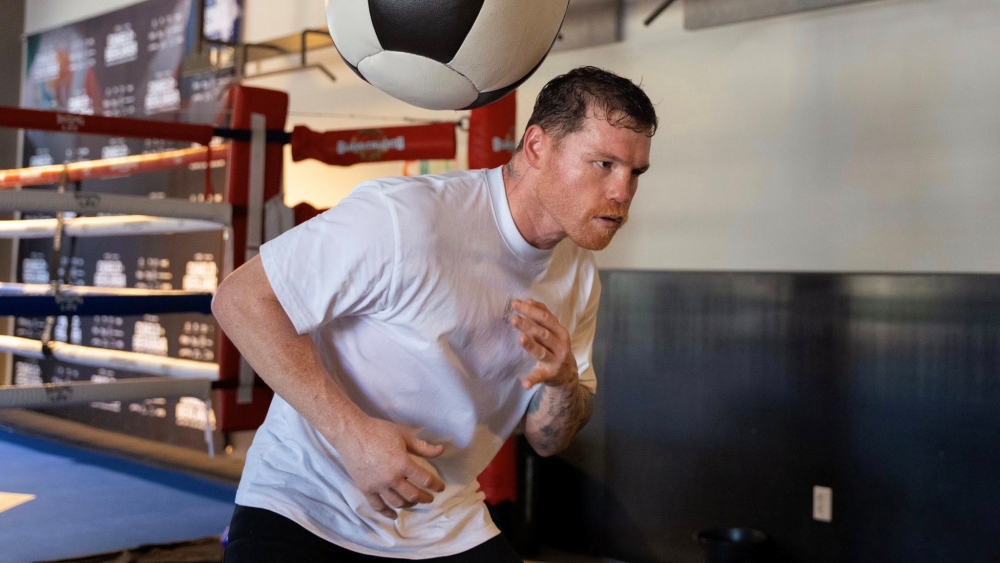The hook is one of the most effective punches in the sport of boxing. In fact, a variation of it called the lead hook is known to be arguably the most powerful punch in the discipline. The reason the hook is so effective is because it travels the shortest distance between the launch point and target.
It’s a compact punch that carries a lot of power, but only if it’s thrown correctly. Many beginners and even advanced practitioners make some key mistakes when throwing the hook. Although the punch mechanics appear simple, there is actually a lot that goes into it. In order to be able to throw a textbook hook, you have to put in the practice hours.
Once you’ve mastered the hook, however, you gain an important piece of your offensive arsenal. You’re ready to unleash one of your biggest punches and ready to score some knockouts.
It’s important to get the technique down correctly so that you can make the best use out of your hooks. Focus on technique first, then slowly build up power and speed.
Want to improve your hooks? Take these points into consideration. Today, Evolve Daily shares five common mistakes to avoid when throwing your hooks in boxing.
1) Not Transferring Weight Properly
The most common mistake people make when throwing the hook is incorrect weight and power transfer. This is understandable because throwing the hook properly is one of the hardest things to master in boxing. Once you get it down, however, you’ll never forget it and you have then added a great punch to your repertoire.
Remember that the power in your punches comes from the base, move up through the torso, and into the upper body. The same goes for every punch.
When throwing the hook, you have to put your weight behind it so that it can pack maximum power. Too many times hooks are thrown as arm punches, with no real power behind it.
Transfer your weight properly and you become dangerous with your hooks, and can truly unleash the punch with frightening speed and impact. Having a solid hook in your weaponry should be your utmost priority.
2) Incorrect Distance
Secondly, a lot of beginners tend to throw the hook from too far out, causing it to be incredibly predictable and readable. When you throw the hook from way out of distance, your opponents have more time to react and put up their defense, perhaps even a good counter. They can see the punch from miles away.
Remember that the hook is meant to be a short, compact punch, packing speed and power. Yes, there are wide looping hooks, but those punches are rarely effective and leave you open too much on defense.
The best practice is to step into your hooks. This way you can close distance rather quickly and easily, at the same time generating good power that goes into your hooks.
By launching this punch at the correct distance, you can catch opponents who within range with something that they don’t see coming. The punch isn’t telegraphed and you have the element of surprise.
3) Winding Up Too Much
Another common mistake when it comes to the hook in boxing is that some fighters tend to fall in love with their power and wind up too much on their hooks. This is, of course, not the right way to go about things.
When you put more power into a punch than is necessary, most often something gets sacrificed in the process. In this case, it could be the element of surprise. By winding up too much on your hooks, cocking the fist back to generate power, you telegraph the punch and your opponents can easily block and defend.
Instead, strive to keep your hooks tight, launching from the base without having to wind up. Use your weight to put explosiveness into your hooks and catch your opponents by surprise.
Keep it compact and focus on technique rather than trying to score a knockout on every punch. The knockout will come soon enough.
4) Dropping The Guard
Don’t ever forget about defense. Defense is one of the most important aspects of boxing. The name of the game, in fact, is to hit and not get hit.
Most beginners make the primal mistake of dropping their guard when throwing the hook. Your other hand should always be up near your face, protecting the temple and the jaw at all times. However, one of the most common mistakes when throwing the hook is dropping the guard.
This, of course, leaves a vulnerable opening in your defense. Your opponents have a small but very viable window to hit you with a powerful counter.
Conversely, always make sure that when you do throw your hooks, you are bringing your hand back to defend the side of your face. Both hands should always be in defensive position at all times to ensure you are protecting yourself at all times.
Throwing the hook is both an offensive and defensive maneuver.
5) Overreaching

While the hook comes in variations, including the wide looping hook that does have its uses, it is never proper to overreach and overextend under any circumstances. Overreaching on your hooks has disastrous consequences.
First of all, you’re left wide open to counters. Opponents can take advantage of a brief moment where you are vulnerable. Overreaching on any punch is a big mistake and must be avoided at all costs.
Practice throwing your hooks as tightly as possible. Keep it short and impactful. Visualize your target and focus maximum power into it. If your opponent is out of range, step into your hooks instead of throwing too far out. By stepping forward as you throw your punches, you add velocity to your attack and you can close the distance much easier.
The best way to practice your hooks is through mitt work with a trainer or partner, or on the heavy bag. Master your hooks and you will be a dangerous opponent for anyone.
You may also like:
















